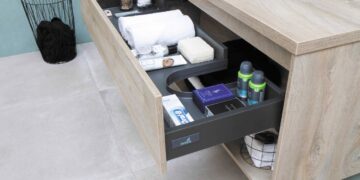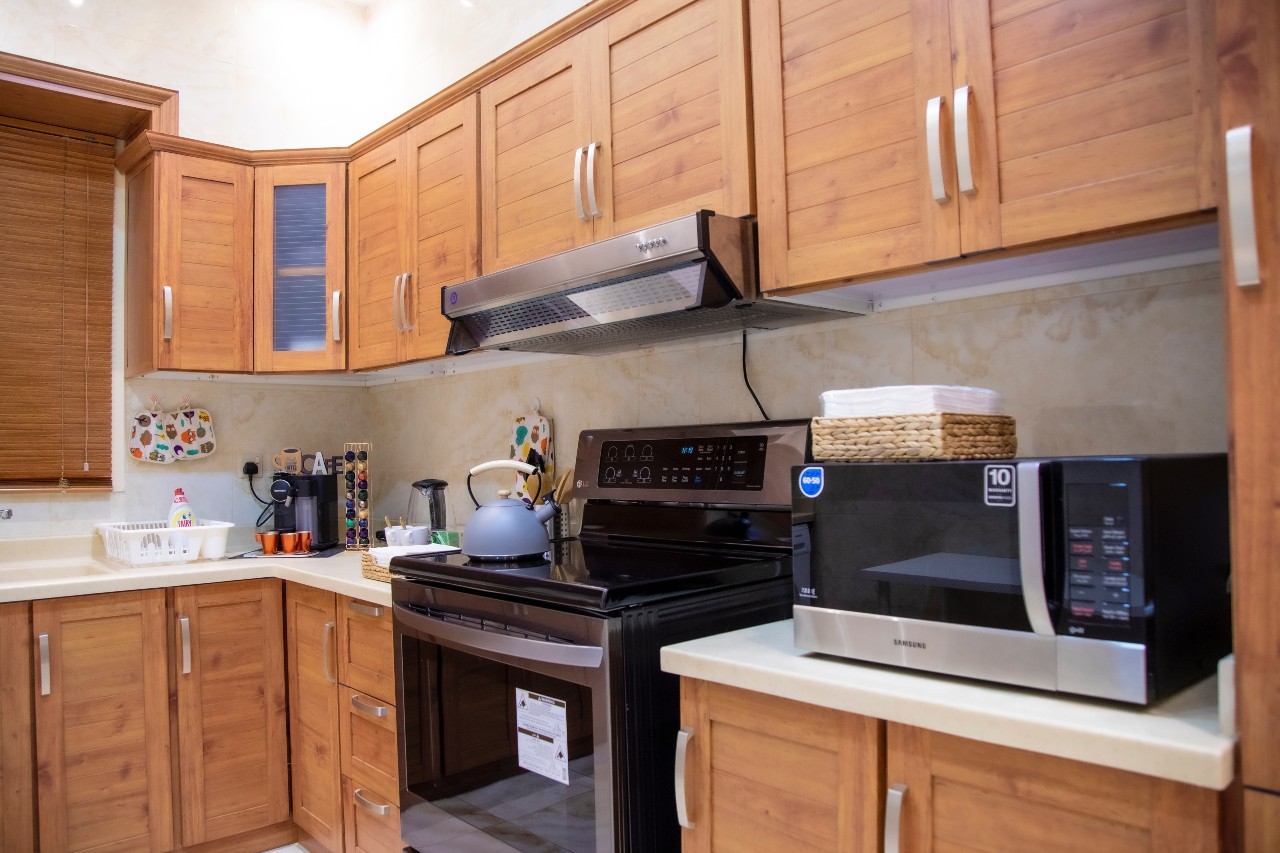Your new microwave may be overheating your food, but you don’t have to buy a new one!
If you have an overheating microwave and are considering a new one, don’t! Your new microwave may be overheating your food, but you don’t have to buy a new one! Your microwave can be fixed without replacing it.
Your new microwave may be overheating your food, but you don’t have to buy a new one! Your microwave can be fixed without replacing it.
Know when your microwave needs repair.
A few signs that your microwave may need repair include:
- The microwave is not heating food.
- The microwave is not turning on.
- The food does not heat evenly, or it takes much longer for the food to cook than it uses to.
- Your microwave has a lot of moisture around its edges when in use, or if you’re using an older model and experience steam/smoke coming from under the door after cooking anything with liquid inside.
If any of these things happen, then it’s time to call an expert!
Clean your microwave’s air vents.
Once you’ve unplugged your microwave and removed the door, it’s time to clean out the air vents. This can be done by removing the vent cover with a screwdriver or coin (if yours is held on by screws), and using a vacuum cleaner to remove any dust, crumbs, or hair that may have built up in your vents. Put everything back together, check that no food has been left behind inside of your microwave after cleaning it out, and you’re good to go!
If this doesn’t resolve the issue, try taking apart other parts of your microwave as well—but make sure not to touch anything when doing so (wearing gloves is recommended).
Clean the turntable and its tray.
The first step to take is to remove the turntable from the microwave. If you can’t do this, then you’ll need to use another method for cleaning your microwave. Once it’s out, use a damp cloth and wipe down both sides of the turntable. It doesn’t have to be too thorough—just enough so that any crumbs or dustiness is removed from its surface.
Next, clean off any debris left behind in your microwave with soapy water and let it air-dry for about 15 minutes before putting in back in place. This will ensure that no moisture gets trapped inside during cooking time and creates more problems than necessary when heating food up again later on down the road!
Repair the turntable if it’s damaged.
If the turntable is damaged, you may be able to repair it. To do so:
- Turn off the microwave and unplug it before removing any components that might have come loose during your troubleshooting efforts so far.
- Check for cracks in the plastic by gently running your finger along the surface of the turntable and looking for any breaks in its structure. If there are any cracks or breaks in this plastic piece—which turns food while microwaving it—you’ll need to replace it with a new one (a part that can cost anywhere from $8-$20).
- You’ll find screws holding down a metal plate on which sits some of your microwave’s electronics; these screws probably look like little bolts with flat heads (as opposed to Phillips-head screws). Remove these bolts using either an appropriate screwdriver or another tool that fits their purposes; then remove this metal plate from inside your microwave oven’s door by sliding or pulling it out from its housing rather than lifting it up because doing so could damage other interior parts inside of it due to their proximity towards each other at this point when trying not wanting them being damaged during extraction process itself which would cause further problems later down road – always take caution when working inside/around electrical appliances!
Detach the roller guide.
- Detach the roller guide.
- Clean and replace it by following these steps:
- Unscrew the bracket screws and remove them from the microwave door, then pull out the glass plate and lift off the roller guide assembly.
- Wipe away any excess grease or food particles with a damp cloth, then wipe down all surfaces with warm water and a sponge to remove any dried-on gunk (if necessary). If you notice any rust or corrosion on your roller guide, use sandpaper to smooth down any rough spots until they’re flat again before cleaning it thoroughly with soap water. You may need an extra pair of hands for this part—once you’re done scrubbing all over every inch of your roller guide assembly with hot soapy water, dry it completely before reattaching it!
- Put everything back together again in reverse order (or head over here if anything seems unclear). Make sure that all screws are snugly fastened before turning on your microwave again—and presto! That should do it!
Unplug the microwave and clean or replace the drive motor coupling.
Unplug the microwave. Remove the outer cover of your microwave, which can be done by removing four screws from inside the unit and lifting it off.
Remove any food or debris from inside and set it aside for cleaning later.
Locate the drive motor coupling, which is attached to a metal plate on top of your microwave. The coupling has two screws holding it in place; remove these screws then pull out gently on both ends of this assembly until it comes loose (it might be a little tough). You may need to jiggle around some wires connected to it as well—don’t worry about damaging anything!
Once removed, wipe down or replace any parts that look dirty or broken (experienced DIYers could probably do this step without even looking at pictures).
You can fix your own microwave if it’s overheating.
If you’re not comfortable with fixing your own microwave, call a professional.
- You shouldn’t attempt to fix a microwave that is more than 2 years old (if it’s older than that, it’s probably time to buy a new one).
- If you have a warranty, contact the manufacturer and get it fixed for free. Note: if your warranty requires you to send in the appliance (and pay for shipping), consider contacting an independent repair shop instead.
- If your microwave doesn’t have a warranty, there are many different ways that you can take care of things yourself:
- You can purchase tools online or at any hardware store and do minor repairs yourself. You’ll need basic knowledge of how electronics work and what tools will be needed based on where the issue lies within the system itself.
























